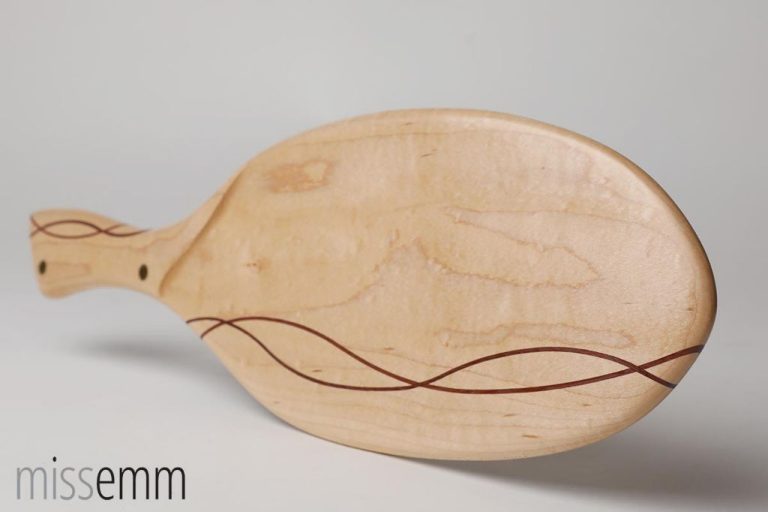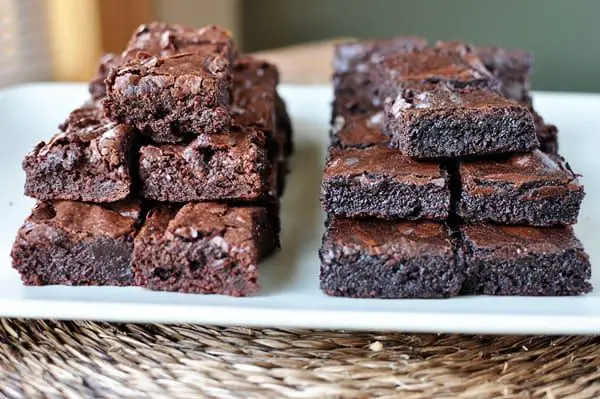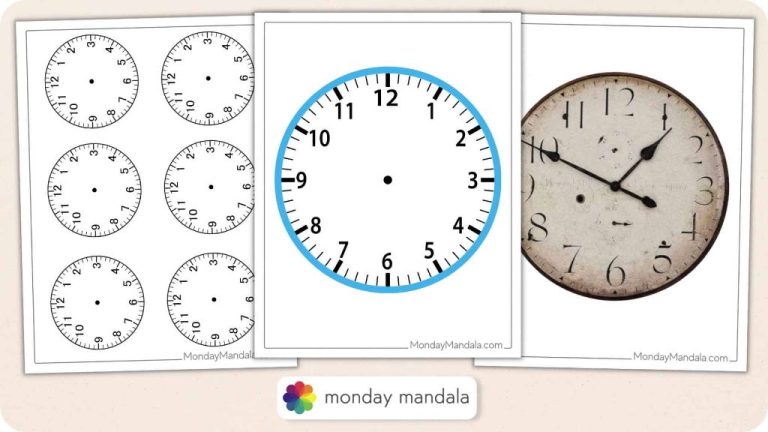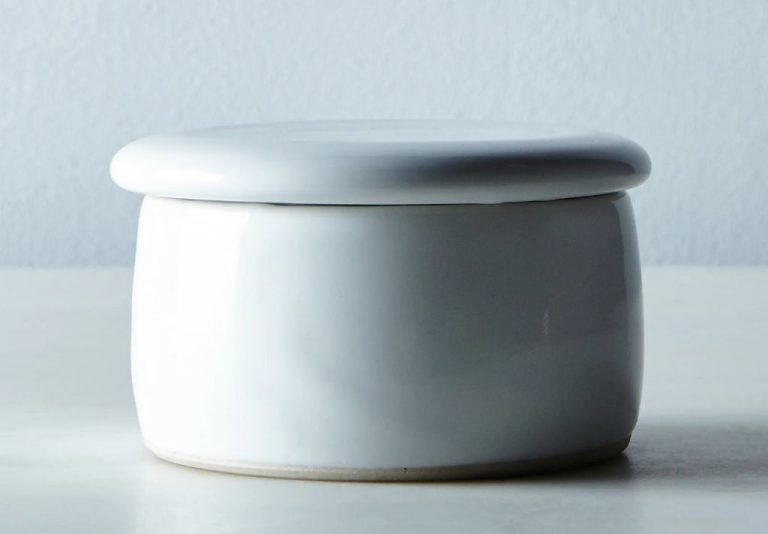What Is A Bed Of Nails Good For?
A bed of nails is a collection of sharp metal spikes pointing upwards out of a flat surface or bed. They are designed so that a person can lie down on the spikes without injury. Beds of nails have been used for centuries in rituals and performances.
The exact origins of beds of nails are unknown, but they likely emerged in India over 2000 years ago. Ancient Hindu ascetics used them in spiritual rituals and to demonstrate mind over body. The earliest reference comes from a Sanskrit poem called the Mahabharata, written between 400-200 BCE (The Ancient Bed of Nails Theory).
Traditionally, beds of nails were made from wood boards or planks, with iron nails hammered through. Today, beds can also be made from materials like PVC plastic with metal or plastic spikes. But the general design is an oblong flat surface covered with upward-pointing spikes.
The key to beds of nails is distributing weight evenly across all the spikes. With proper weight distribution, the load on each individual spike is not enough to break the skin. This allows someone to lie down on a bed of nails seemingly unharmed.
Uses as a Circus or Sideshow Act
Lying on a bed of nails has long been a popular circus or sideshow act to impress and astonish audiences. According to HowStuffWorks, performers have been laying on beds of nails to demonstrate their bravery and seeming imperviousness to pain since at least the early 19th century [1]. It creates a spectacle where the performer appears to overcome the natural human instinct to avoid pain.
The act often combines lying on the bed of nails with another feat like having concrete blocks broken on their chest while on the nails. Safety is paramount, and the bed is carefully constructed with the dull nail points spread out to distribute body weight evenly and prevent puncturing the skin [2]. When done properly, the nails only leave temporary indentations without breaking the skin. The performer must stay relaxed and aligned to avoid injury.
Testing Pain Tolerance and Mind Over Body
One of the most common uses of beds of nails is as a public spectacle to demonstrate mental fortitude and the ability to withstand pain. When a person lies on a bed of nails, the weight of their body is distributed across hundreds or thousands of nail points. According to the University of Utah’s Science Guys, each nail pushes on the skin with only an ounce or two of force. While uncomfortable, this pressure is tolerable and does not break the skin when spread across the body.
The ability to lie on a bed of nails without injury is as much a feat of mind over body as physics. Controlling one’s perception of pain and displaying an outward appearance of calm requires tremendous mental focus and discipline. Historical examples of public bed of nails demonstrations include Indian fakirs and sideshow performers amazing audiences by lying on beds of nails while people stood on them or placed concrete blocks on their chests.
Today, beds of nails are still sometimes used for spectacles of pain tolerance and mental fortitude. They may be featured at magic shows, circuses, motivational seminars, or public events focused on displaying extraordinary skills and abilities. However, because of the physical danger, such performances require extensive training and safety precautions.
Demonstrating Physics Principles
One of the most common uses of a bed of nails is to demonstrate various physics principles in an engaging, visual way. Specifically, lying on a bed of nails shows how spreading weight evenly across all the nails allows a person to avoid getting pierced or injured (Physics Force, n.d.). When weight is distributed evenly over a large area, the pressure at any given point is low enough that the nails do not break the skin.
This relates closely to the physics concept of pressure, which is force divided by area. With a bed of nails, the weight (gravitational force) of the person is spread out over the entire bed of nails, maximizing the area it is distributed over. This results in minimal pressure on any given nail, allowing the nail bed to support the person’s weight.
Lying on a bed of nails has parallels with the principles behind acupuncture and nail beds in the body. In Chinese medicine, acupuncture points along meridians of the body are stimulated with fine needles to relieve pain and treat illness. Though the mechanics are different, both acupuncture and a nail bed operate by distributing pressure across many small points.
Beds of nails are frequently used for educational physics demonstrations to illustrate principles of pressure distribution, normal force, equilibrium, and more. Students gain memorable hands-on experience and visualization of physics concepts from interacting with a bed of nails (Rao, 2021).
Popular Culture References
Beds of nails have been referenced many times in popular culture, often used to represent exoticism, danger, or extreme pain tolerance. Fakirs and ascetics sleeping or lying on beds of nails have become iconic images, sometimes used for comic effect.
In film and television, beds of nails have appeared in shows like The Simpsons, where Homer lies on a bed of nails to gain spiritual enlightenment.[1] They are also seen in the movie Indiana Jones and the Temple of Doom, when Indy and Short Round escape a cage and land on a bed of nails.
Beds of nails have also inspired book and song titles, such as Wild Beasts’ song “Bed of Nails” [1] and the Dean Koontz novel The Bed of Nails. These often use the bed of nails metaphorically to represent discomfort or unease.
Overall, beds of nails are commonly depicted in popular culture to represent exotic rituals, extreme asceticism, danger and thrills, or ironic discomfort – continuing their iconic status as mysterious and remarkable objects.
Spiritual and Wellness Uses
Beds of nails have long been used for spiritual practices and attaining enlightenment. Many ascetics in India lay on beds of nails to detach themselves from physical comforts and pains of the body. The nails provided constant discomfort which was seen as aiding in the path to enlightenment (https://bedofnails.org/pages/about).

In yoga traditions, beds of nails are sometimes used as props during meditation. The constant pressure points on the back are believed to stimulate energy flow in the body according to acupressure principles. This helps practitioners clear their minds, focus inward, and attain deeper meditation states (https://www.amazon.com/Bed-Nails-Acupressure-Relaxation-Mindfulness/dp/B0043QFA0W).
In modern wellness trends, beds of nails have regained popularity as acupressure mats. The constant pressure provided by the blunt nails is believed to relieve muscle tension, stimulate blood flow, and provide pain relief, especially for back pain. Wellness enthusiasts use them during yoga, meditation, or simply to unwind and relax after a stressful day (https://bedofnails.org/).
Art and Decor Uses
Beds of nails are often used as unique art installations or quirky conversation pieces in homes and businesses. The eye-catching look of nails arranged in a bed formation has inspired many works of art, furniture designs, and DIY projects.
Artists like Damien Hirst have created high-profile installations featuring actual beds of nails, playing with themes of pain and enlightenment. More accessible nail bed art can be purchased from sites like Etsy, featuring wall hangings, canvases, and 3D nail sculptures (https://fineartamerica.com/art/bed+of+nails).
Some furniture makers have incorporated the bed of nails concept into quirky designs, like loungers, chairs, shelves, and tables lined with nails for aesthetic flair. These often serve as conversation pieces in living rooms, offices, bars, and other spaces.
For do-it-yourselfers, a bed of nails can be a fun project to build at home with supplies from the hardware store. Plans are available online for constructing your own nail bed for decoration or display.
Whether in an art gallery or your own abode, a bed of nails brings an intriguing visual element to any space.
Self-Defense and Security
Beds of nails can be used as a deterrent against intruders trying to get into a property. According to an article on the Happy Preppers website, beds of nails placed around the perimeter of a home can discourage looters during an emergency: “Place a Bed of Nails or tire spikes around the parameter of your property about 10-feet from your foundation wall to deter intruders” (source). The sharp nails would puncture intruders’ shoes and hurt their feet if they tried to enter the property.
Similarly, a report from the Center for Strategic and International Studies notes that beds of nails could be part of defenses around Ukraine to make it difficult for Russian forces to establish supply lines in case of invasion: “Ukrainian forces are building trenches, tank traps, beds of nails, and other defenses. It will be hard to establish supply lines for a resistance across such an obstacle from any sanctuary…” (source).
Beds of nails can also be concealed under grass or other camouflage around a home’s perimeter. The sharp nails would surprise and deter intruders attempting to climb fences or walls. Nails beds could also be placed around entries or exits to puncture tires of unwanted vehicles.
For indoor security, beds of nails can be concealed under carpets, rugs, or doormats as traps for intruders. They could also be used creatively to hide or disable CCTV cameras by intruders.
Other Novelty Uses
Beds of nails have been used for gags and pranks, often played on unsuspecting victims. Some pranksters will set up a fake bed of nails to trick people into thinking they can lay on it safely. For example, one prank involved covering a mattress with press-on nails to create a “bed of nails” (source). Beds of nails have also been used as novelty security devices, with the sharp points intended to deter intruders or thieves.
In fiction, beds of nails have been portrayed as weapons or torture devices. They are sometimes featured this way in cartoons, movies, TV shows, books, and video games. The image of a bed of nails can convey danger, risk, and edginess in fictional works.
For STEM education, a bed of nails can be used to teach kids about physics concepts like pressure and distribution of force. When spread over a large area, the weight of a person’s body distributes across many points so no single nail causes piercing or harm. Educators can demonstrate this with a bed of nails to show physics principles in an engaging hands-on way (source).
Finally, beds of nails serve as curiosities and novelty attractions. They can be found in collections, museums, haunted houses, and oddity shops simply for their strange and unusual nature. People are often fascinated by beds of nails and their counterintuitive properties.
Conclusion
In summary, beds of nails have had a range of fascinating uses throughout history, demonstrating human resilience, illustrating physics principles, and serving unique functions in sideshow acts, magic tricks, wellness practices, art, home security systems, and more. While no longer a mainstream act, the bed of nails continues to hold niche appeal and relevance.
Beds of nails first emerged many centuries ago in India, adopted by fakirs and yogis as well as sideshow magicians. They demonstrated the incredible power of mind over body and dispersion of weight over the nails. While initially greeted with skepticism, physics principles bore out the technique, securing the bed of nails’ place as a shocking yet instructive spectacle.
Today, beds of nails remain a curiosity and a test of mindset. They are still used by select sideshow performers, magicians, and stunt artists to impress audiences. New spiritual and wellness practitioners have also adopted the practice, citing benefits like increased focus and conquering fear. Others have found creative applications in art, home security systems, and novelty furniture. While no longer commonplace, for a bold few the bed of nails continues to punctuate the human potential.





